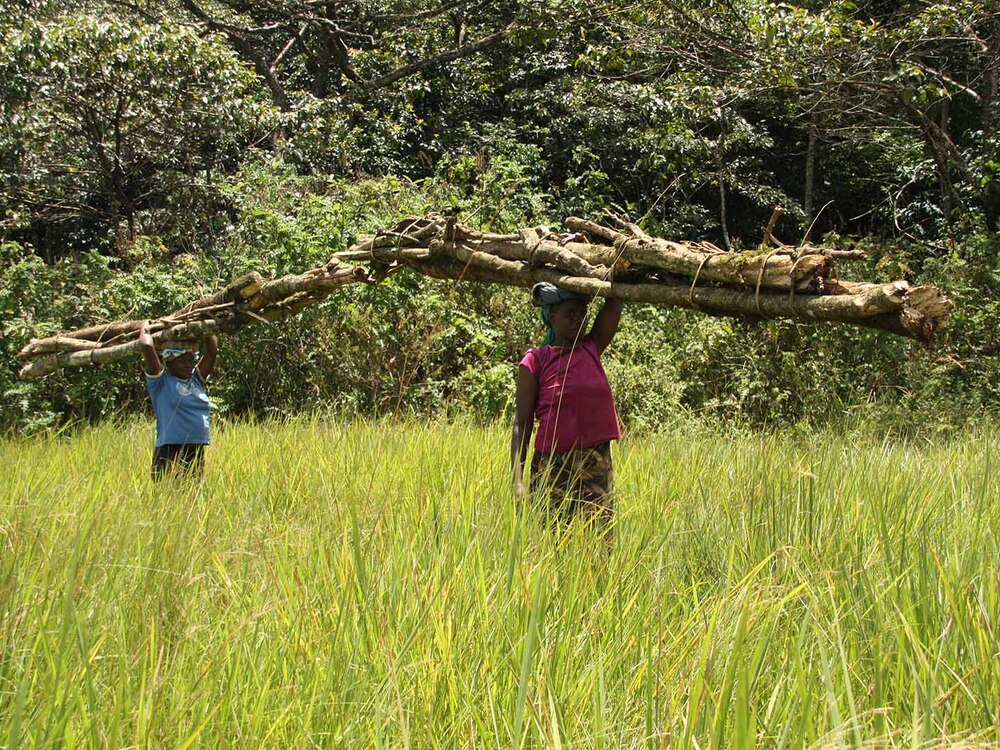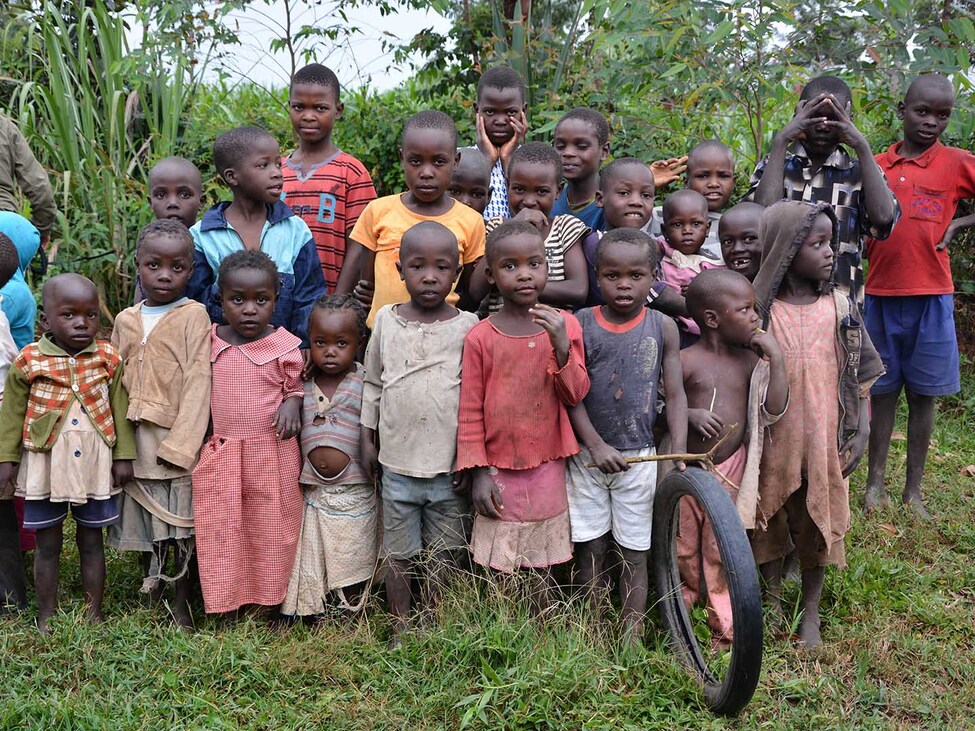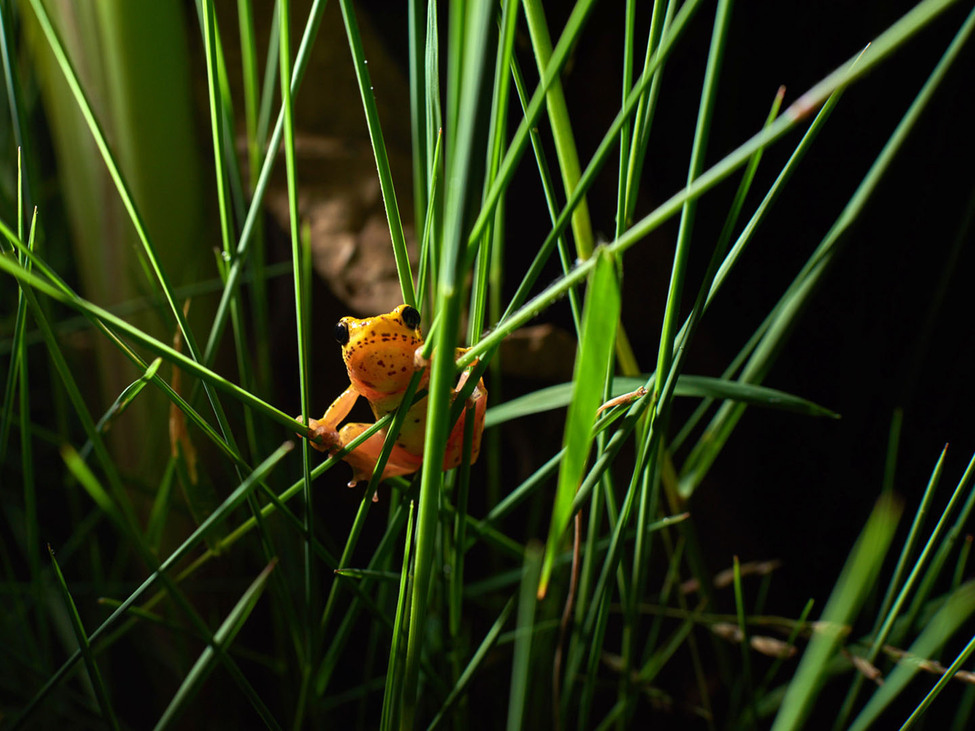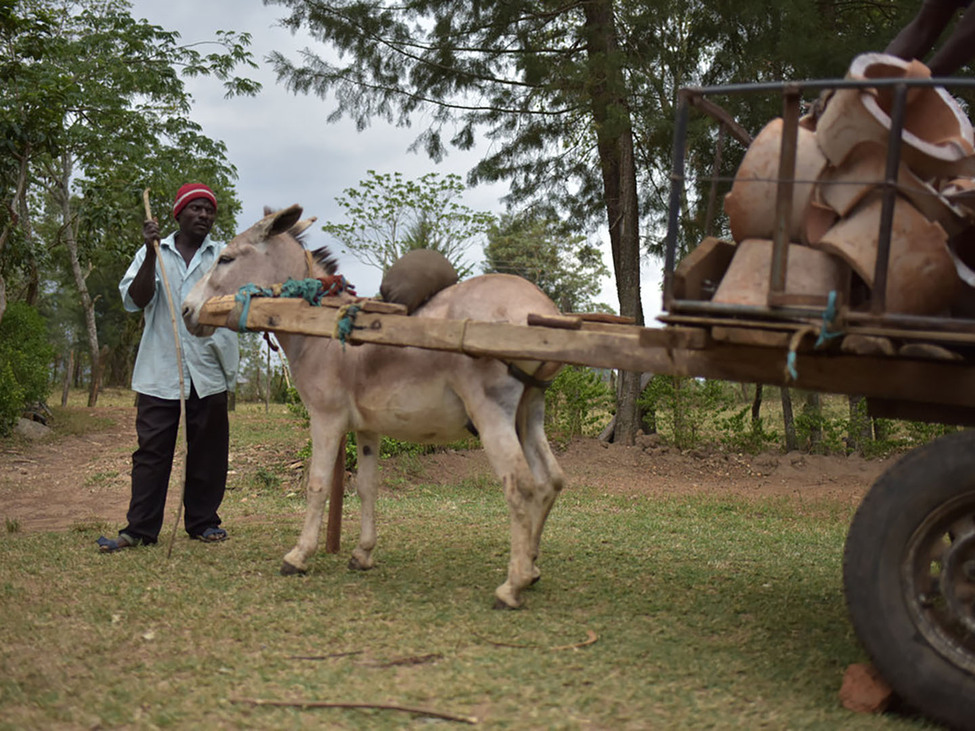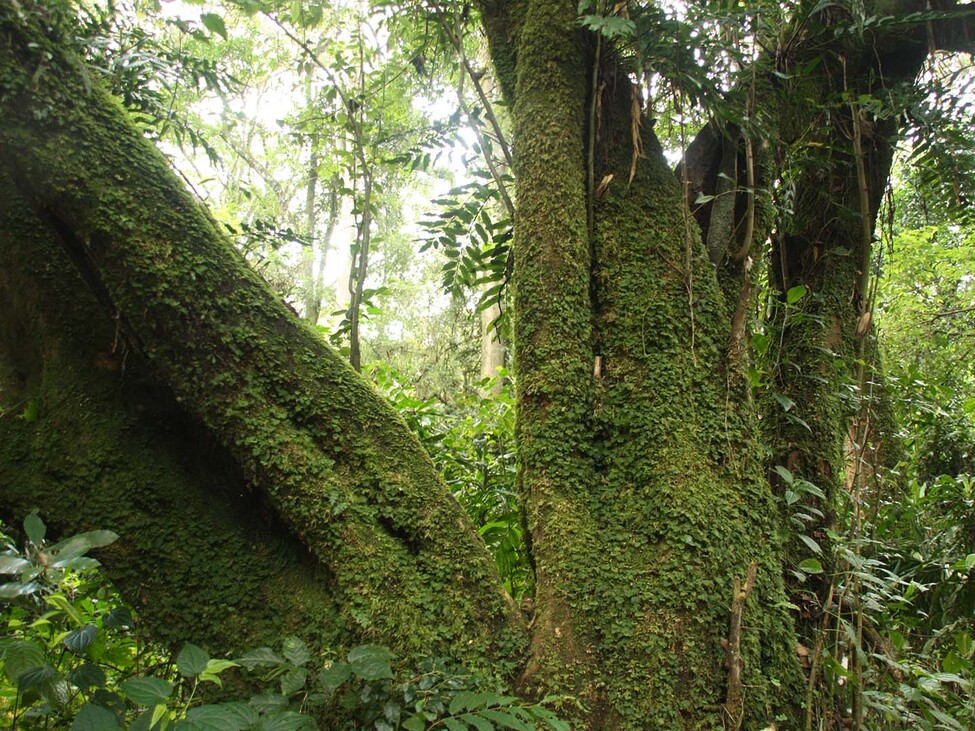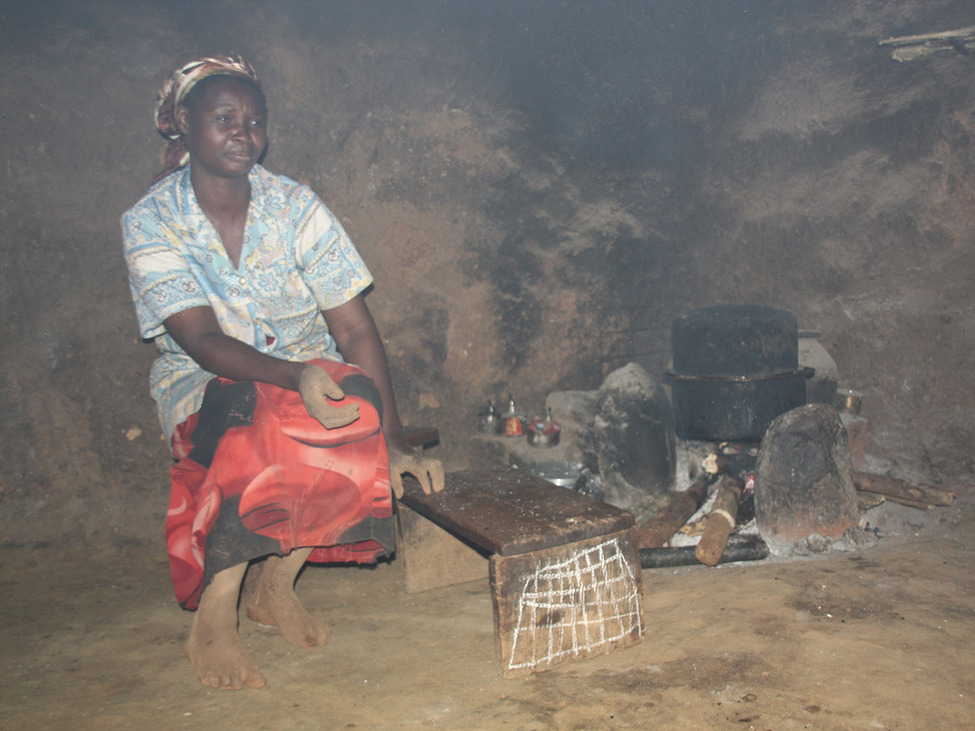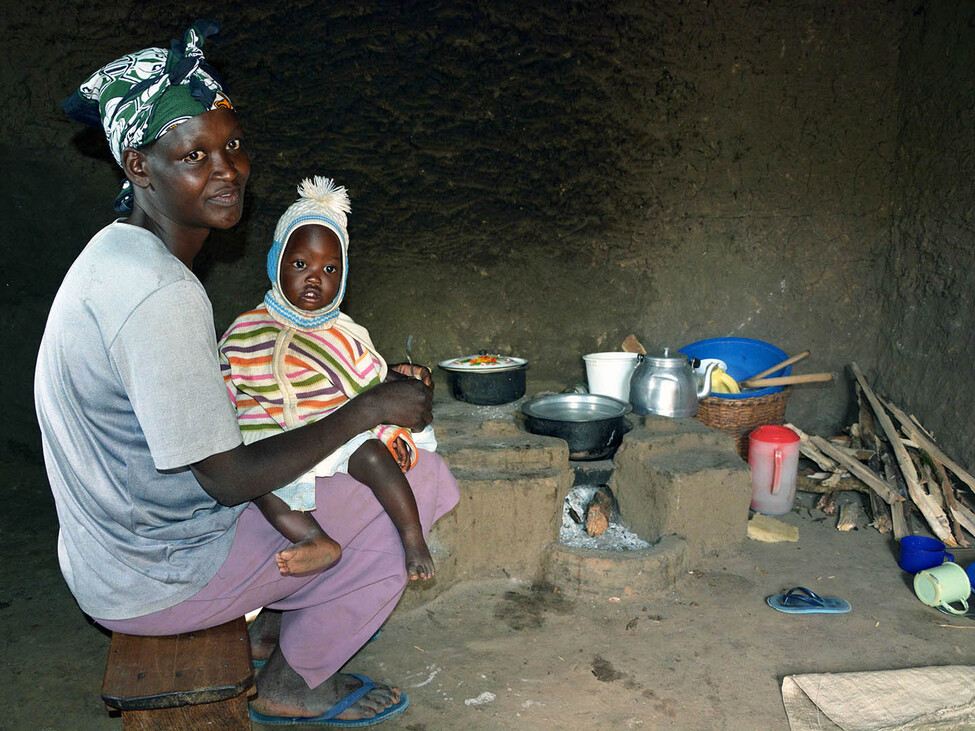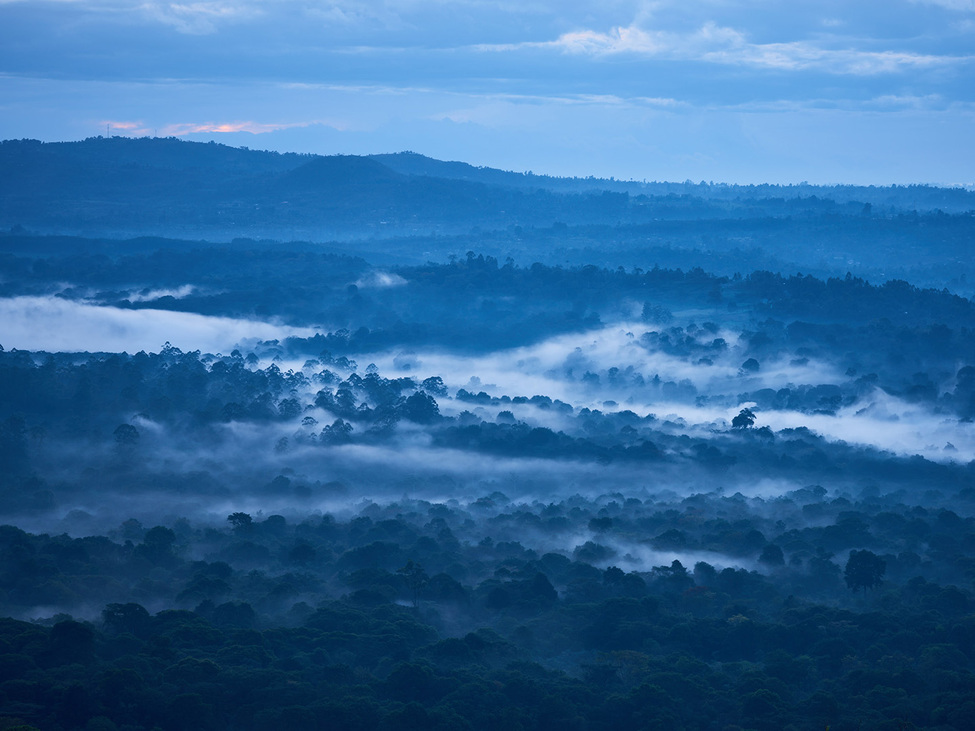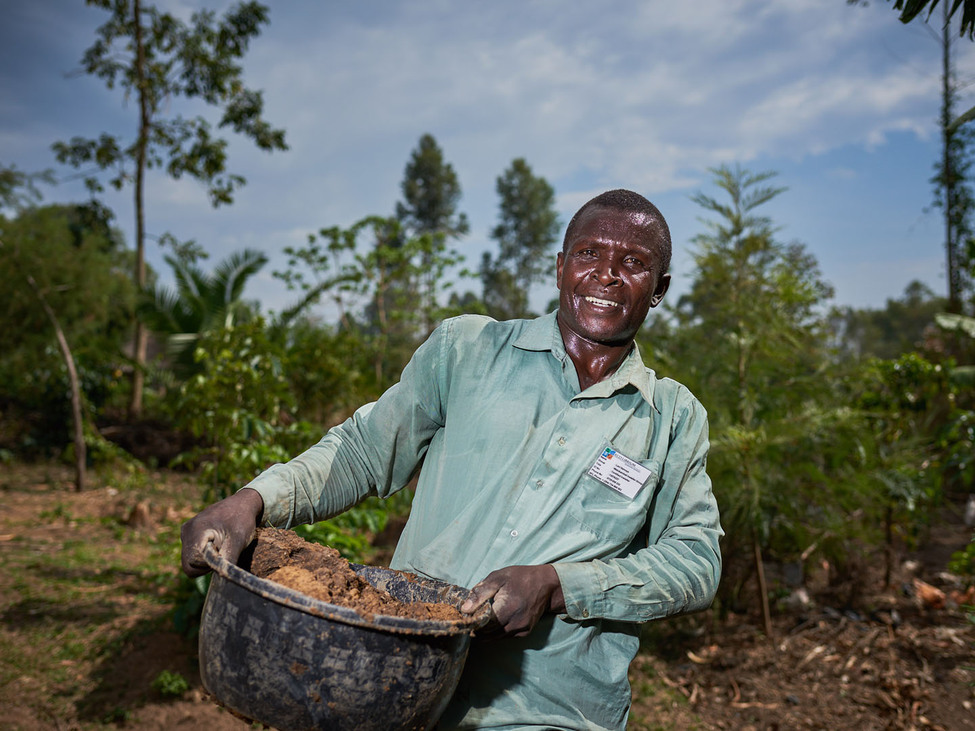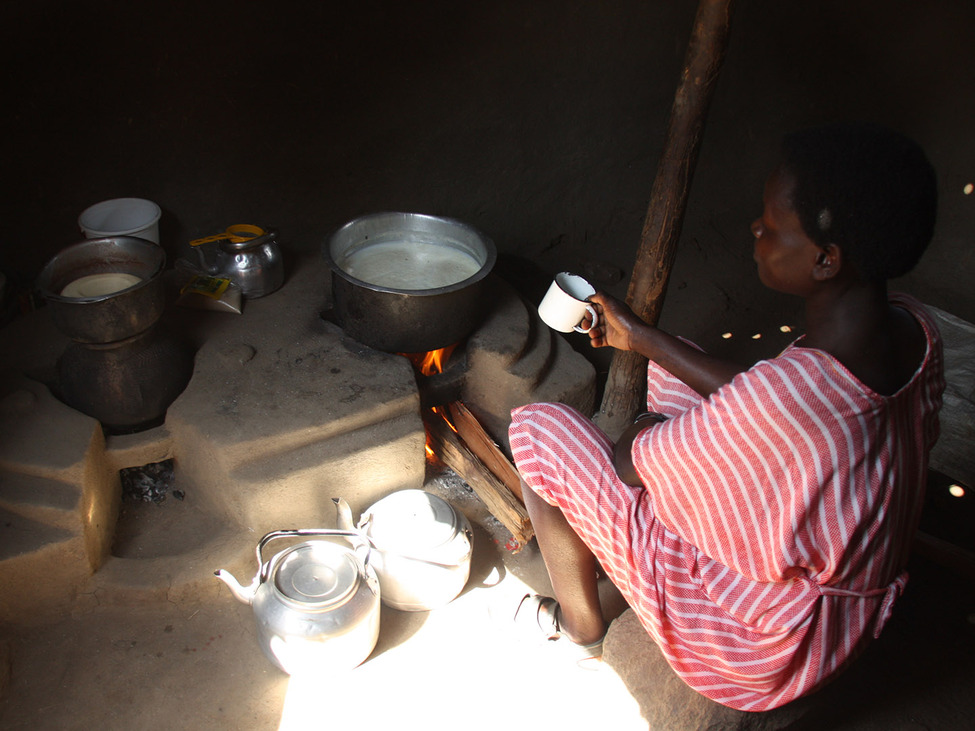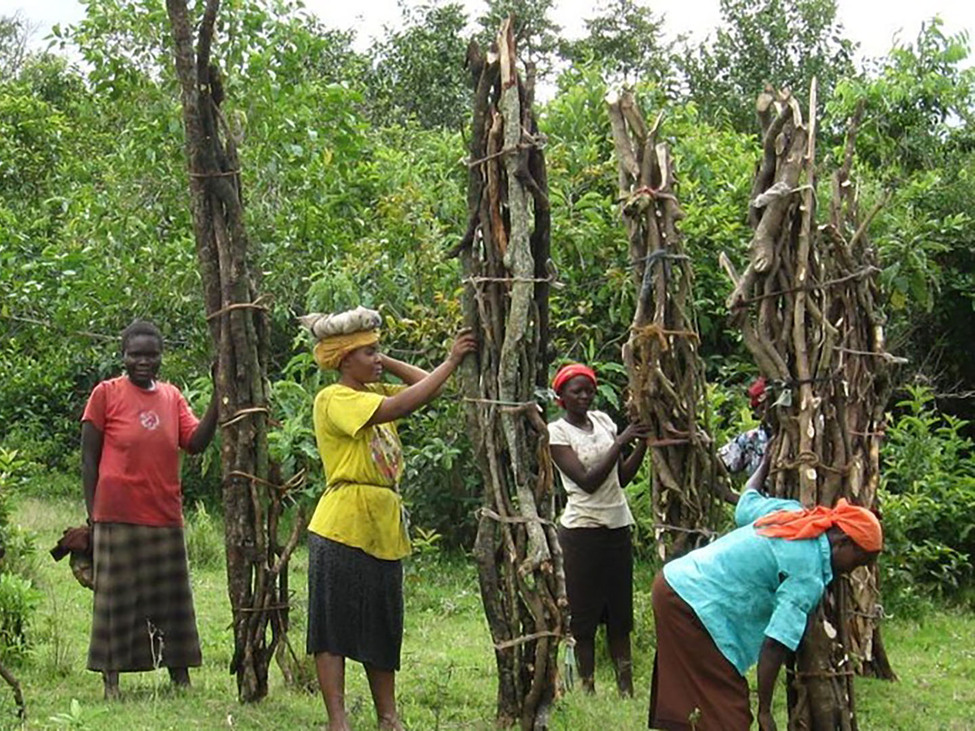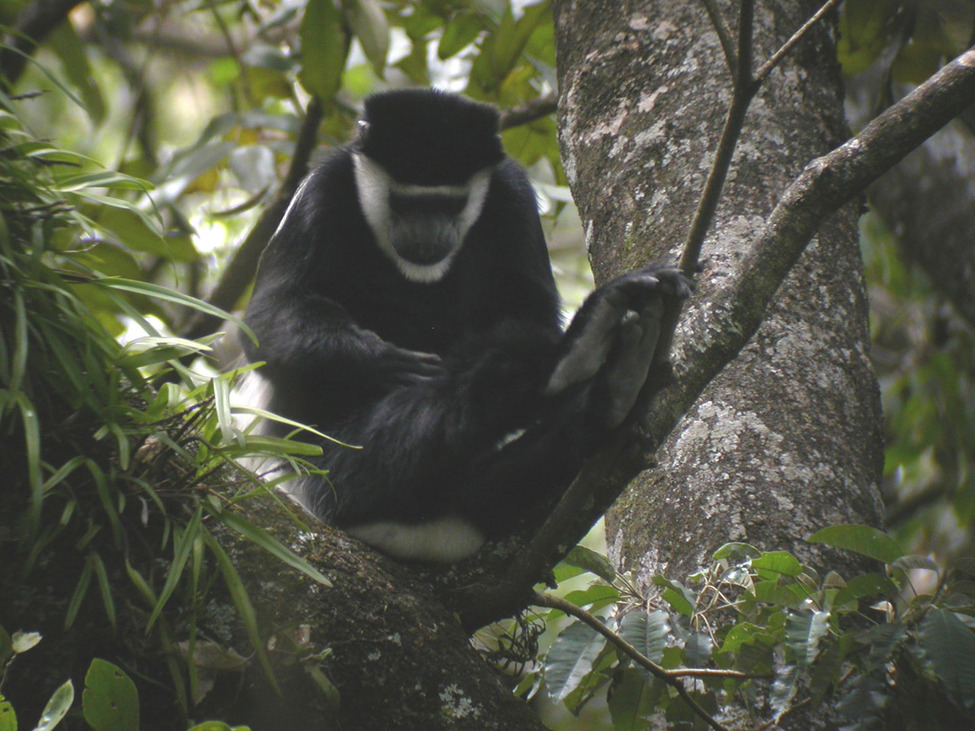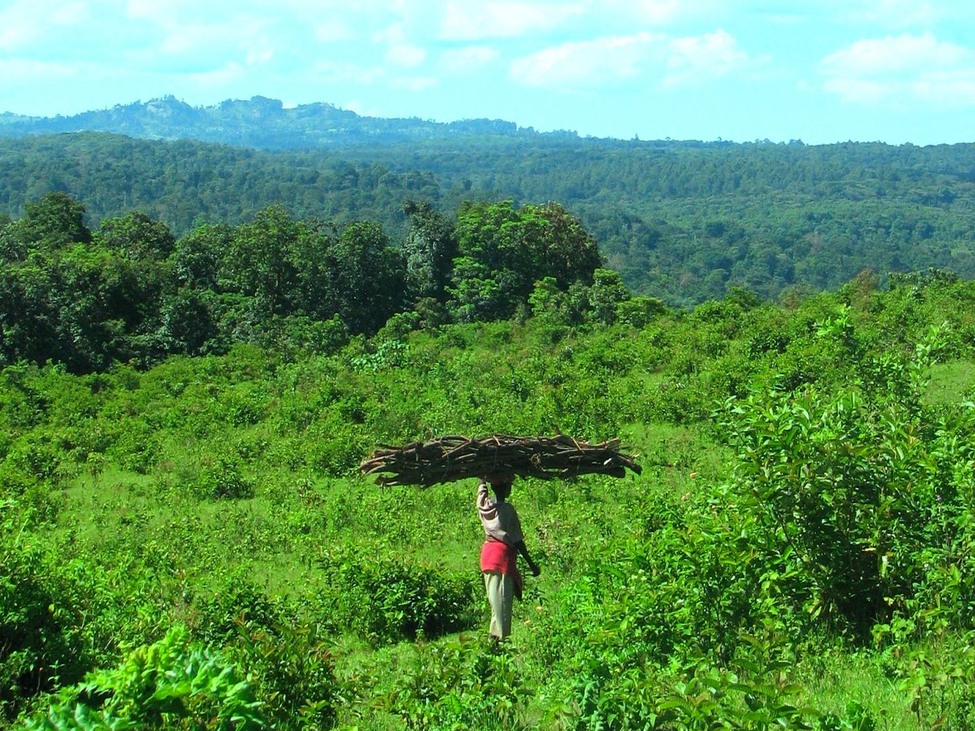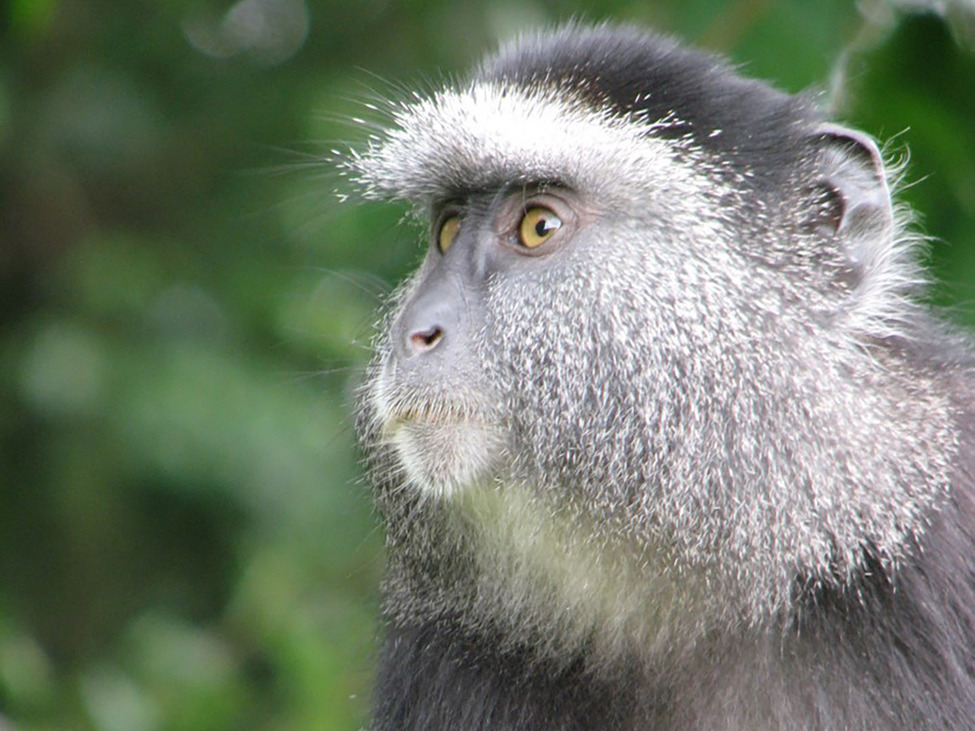Project facts
Project type: Energy efficiency
Project location: Kakamega, Kenya
Project standard: Gold Standard VER
Annual emission reduction: 231.636 t
Project start: November 2010
Locally produced efficient Upesi stoves reduce wood consumption in Kenya and help to preserve the unique vegetation and biodiversity of Kakamega rainforest. The stoves have a cleaner burning process and thus decrease indoor air pollution and associated acute respiratory infections in women and children. Moreover, savings in burning unsustainably harvested fuel wood cut down CO₂ emissions.

